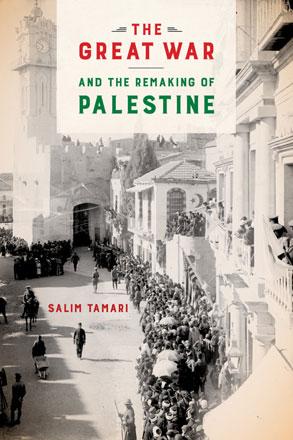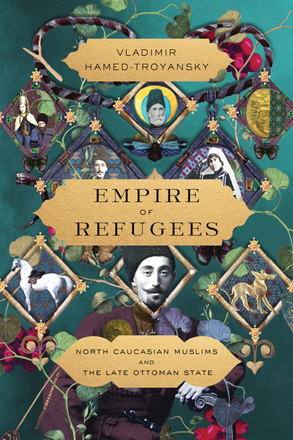You are here
WWI Middle East study reveals era’s ‘interesting’ political dynamics
By Saeb Rawashdeh - Dec 23,2018 - Last updated at Dec 23,2018
AMMAN — After more than a century since the end of WWI, a sociologist has analysed the major transformations in the way people in the Middle East looked at themselves and the world.
“The object of the talk was to review some of the themes that have preoccupied me in re-examining the impact of the Great War,” said Palestinian researcher, Salim Tamari, at a lecture titled “Narratives of the Great War and the Remaking of the New Middle East [1914-1918]”, held at Columbia Global Centres last week.
Tamari examined the war through biographical trajectories, studying the life cycle of several important thinkers, leaders, writers and people who shaped the modern Middle East in the aftermath of the Ottoman state’s demise, as well as during the Syrian-Hashemite alliance.
Tamari’s research focused on the personal narratives of several civilians and soldiers who were contemporaries of the transition from Ottomanism to the new nationalist identities in the Middle East — Arab, Turkish, Kurdish and Armenian, and who published memoirs and diaries on these turbulent events.
Four great fronts were fought: one which was near Basra (the southern front); Erzurum on the Caucasus; Gallipoli, near Istanbul; and Palestine near Bir Saba and the Suez Canal.
These fronts were marginal compared to main war theatres in Europe, “but as far as we are concerned, one sixth of the Anatolian and Greater Syrian populations perished during WWI,” Tamari stressed, adding that the devastation was partly caused by military action, but also famine and disease.
Tamari began with Rafiq Tamimi, whose work was almost forgotten and who co-founded the Al Fatat society with Awni Abd Al Hadi in Paris in 1911.
“It was the Arab equivalent of Young Turks and started at the beginning of the struggle for the Arab independence from the Ottoman Empire,” he said.
However, in 1915 there appeared a very interesting work — a military manual titled “Treaties on Palestine” — the last copy of which is kept in the Widener Library in Harvard.
Tamari speculated that the author of this manual was Tamimi, and said it was interesting because, “it contains an ethnographic mapping of Ottoman Syria. It has a number of maps which show how the Ottoman Empire looked at ethnicity, and it produced mappings that contradict what we today perceive as ethnical identity.
“The bulk of the population was divided into Turk, Turkmen, Arab, Syrians and other religious minorities,” he said.
A division was not observed between Arabs and Turks at the time, but between sedentary populations and semi-nomads; the idea of ethnicity had not matured yet, he underlined
The manual also included religious groupings: Druze, Jews, Maronites, Greek Orthodox and so on.
Arab opinion at that time was split “between Syrian sentiments and loyalty to the Ottoman Empire,” Tamari noted, adding that the Young Turk revolution of 1908 was also directed towards Arab advisers of Sultan Abdel Hamid, who were depicted as “propagators of the most backward and reactionary ideas”.
WWI undermined the policies of the Arabisation of Turks and the Turkification of Arabs, he continued
The main problem to integration “was the Syrian-Hashemite alliance, which began in earnest after Sharif Hussein began rebelling through a number of negotiations with the British. In the eyes of Hashemite and Muslim scholars, the Turks had abandoned Islamic governance and replaced it with the secular state”.
The Hashemites fought for both an Arab cause and an Islamic one, Tamari underlined.
Related Articles
The Great War and the Remaking of PalestineSalim TamariUS: University of California Press, 2017Pp.
AMMAN — A reprint of the 38th issue of Al Qibla newspaper, the mouthpiece of the Great Arab Revolt, is distributed with today’s Jordan
AMMAN — In the middle of the 19th century, the northern Caucasus was a battlefield between the Russian and the Ottoman empires.















